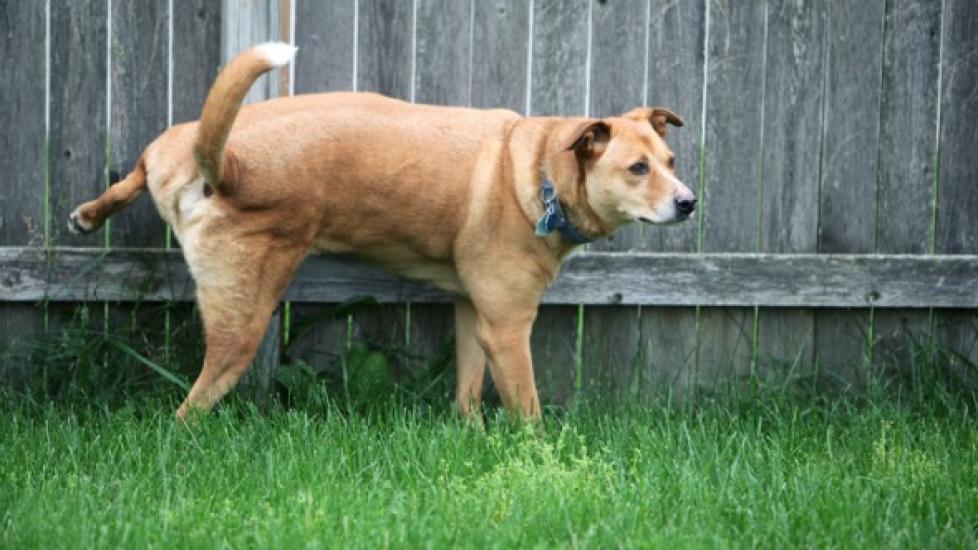The Joyous Bond: Understanding and Addressing Marking Behavior in Dogs
Ah, the curious canine conundrum that is marking behavior! For pet owners with a new addition to their family—a furry friend of the four-legged variety—the discovery of urine spots around the house can be both perplexing and frustrating. But fear not, for understanding this common yet complex issue unlocks the key to resolving it effectively. Let’s embark on a journey into the world of doggy demarcation, shall we?
Firstly, let us define our terms. Dog “marking” refers to the act of a male or female dog urinating outside the designated elimination area (usually outdoors) but within the home environment. This behavior often involves a characteristic lift of the leg by males and may include multiple small dribbles rather than one large puddle. Females, too, can engage in marking behavior, typically by squatting and releasing small amounts of urine.
So why do dogs mark? The reasons are as diverse as our beloved pooches themselves. Some common triggers include:
- Territorial Instinct: Dogs have an innate desire to scent-mark their territory. A sudden change in routine or introduction of another animal can trigger this instinct, leading them to reassert ownership through urine.
- Stress and Anxiety: Changes such as moving homes, welcoming a baby, or adding a new pet to the household can cause stress, which some dogs express through marking behaviors.
- Lack of Appropriate Potty Training: Sometimes, inadequate training or failure to establish consistent outdoor potty areas can lead to confusion about where it’s acceptable to relieve oneself.
- Hormonal Imbalances: In females, changes related to heat cycles or spaying can influence marking tendencies. Males might also experience hormonal fluctuations affecting their territorial instincts.
- Boredom or Lack of Exercise: Just like humans, dogs need mental stimulation and physical activity. Without these, they may find ways to entertain themselves, including marking.
- Attention Seeking: Occasionally, marking can be a way for dogs to garner attention from their human companions, especially if they feel ignored or unfulfilled.
Now, how does one address marking behavior without losing one’s sanity or risking a flood of bad puns? Here are some strategies that may help:
- Environmental Enrichment: Engage your pup with plenty of playtime, interactive toys, and regular walks. Mental stimulation reduces boredom and redirects energy away from undesirable activities.
- Consistent Routine: Dogs thrive on predictability. Feeding, walking, and bedtime should occur at approximately the same times each day to reduce anxiety and prevent misunderstandings about bathroom breaks.
- Positive Reinforcement Training: Use treats and praise to reward desired behaviors. Teach alternative coping mechanisms such as ‘go to your bed’ when you notice signs of anxiousness or overstimulation.
- Supervision and Management: Keep a close eye on your dog, particularly during periods of high stress or excitement. Supervise visitors and new pets closely until everyone has settled in comfortably.
- Regular Vet Checkups: Hormonal imbalances or underlying health issues could contribute to marking behavior. Regular checkups ensure your dog remains healthy and identify any potential medical causes.
- Elimination Spot Cleaners: Use products specifically designed to eliminate odors associated with dog urine. These help remove all traces of scent that might attract your dog back to the spot.
- Spay/Neuter Considerations: While not every dog will cease marking after surgery, many do. It’s worth discussing with your veterinarian whether this procedure would benefit your pet.
Remember, patience and consistency are paramount. Each dog is unique, so what works for one may not work for another. By approaching the situation with empathy and creativity, you can foster a harmonious living space where even the most enthusiastic marker feels secure enough to leave well alone. After all, isn’t sharing life with a tail-wagging companion worth a bit of extra effort?
